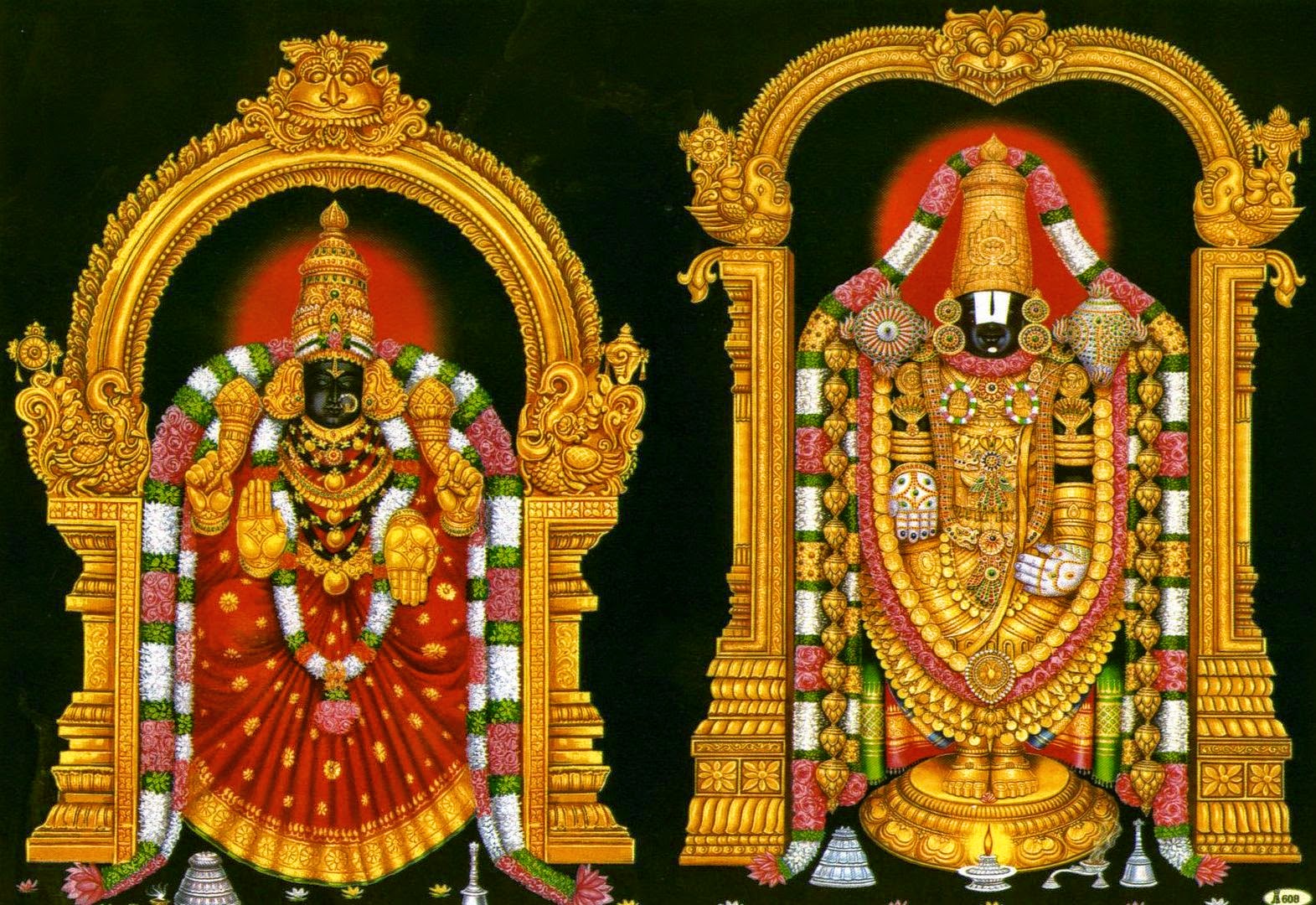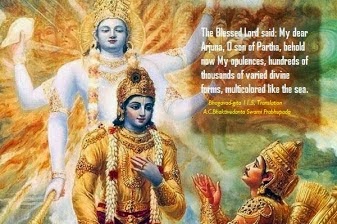The Spiritual Import of the Mahabharata and the Bhagavadgita : 6.
1: The Plight of the Pandavas
Part-6.
Now, this is a tension between the Pandavas and Kauravas in a very low sense of the term—purely from the point of view of psychoanalysis or psychology. But the Mahabharata is not merely a scripture of psychoanalysis or psychology. It is a spiritual epic, which tells us something about our destiny in this world in the context of our aspiration for God-realisation, ultimately. This conflict between the Pandavas and Kauravas is an inner conflict within the spiritual seeker, and what the Pandavas underwent, the spiritual seeker also may have to undergo. The jubilant spirit of a youngster who knows nothing of life ceases when he is opposed by the realities of life. The realities may be social; they may political; they may be economic; they may be material—whatever they may be, it does not matter. They are oppositions of various types which put the spiritual seeker in a state of great hardship as to how to move forward when he is in the same type of position that the Pandavas found themselves. He has no other alternative than to escape from this turmoil of life, and he withdraws himself into a monastery, may be a temple, or goes to Uttarkashi or some other such place. Well, this is the life that the Pandavas led in Indraprastha—unwanted, unknown, unseen by the Kauravas. In case of any trouble just go away; one cannot bear this further.
In Uttarkashi you cannot get your stomach filled—you have to come back to Rishikesh with a hungry stomach. You say, “Thank God, goodbye to Uttarkashi.” You come back. People have tried; they cannot live there, because human nature is a very complex structure. You cannot simply tabulate it into pigeon holes. It is an ununderstandable, impossible organism, and cannot be easily handled. You cannot stay either in Uttarkashi or in Hollywood. Either place would be a failure due to the miraculous dissidence that is within us, as miraculous as we ourselves are, because it has an element of the mystery of the cosmos. And so one cannot teach it in a mathematical or scientific manner, or purely in the light of logic. It is a mystery. Life is a mystery, and it is not mathematics. It is not an equation. We cannot say that ‘this plus that is equal to that’—that is not possible in spiritual sadhana. It is very difficult task. It is an art rather than a science, we may say. Well, coming to the point, this difficulty that the spiritual seeker faces, as he advances on the path, is similar to the difficulties of the Pandavas. He comes back; he changes the outlook of life and accelerates in sadhana by new techniques, by the help that he receives from well- wishers—may be teachers, may be friends, may be books, may be libraries, may be circumstances. He gains some sort of superiority, importance, by the sadhana shakti.
To be continued ...





Comments